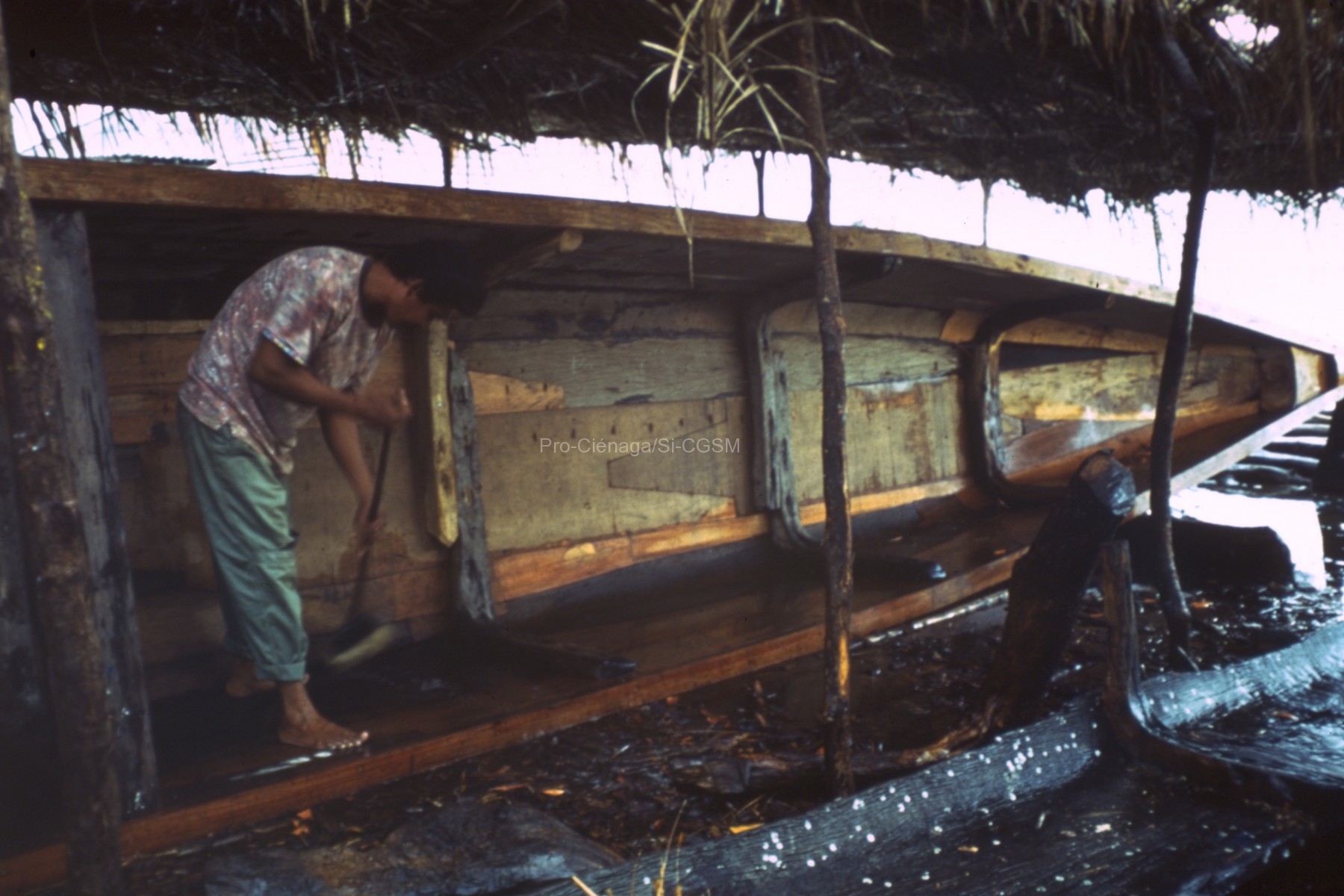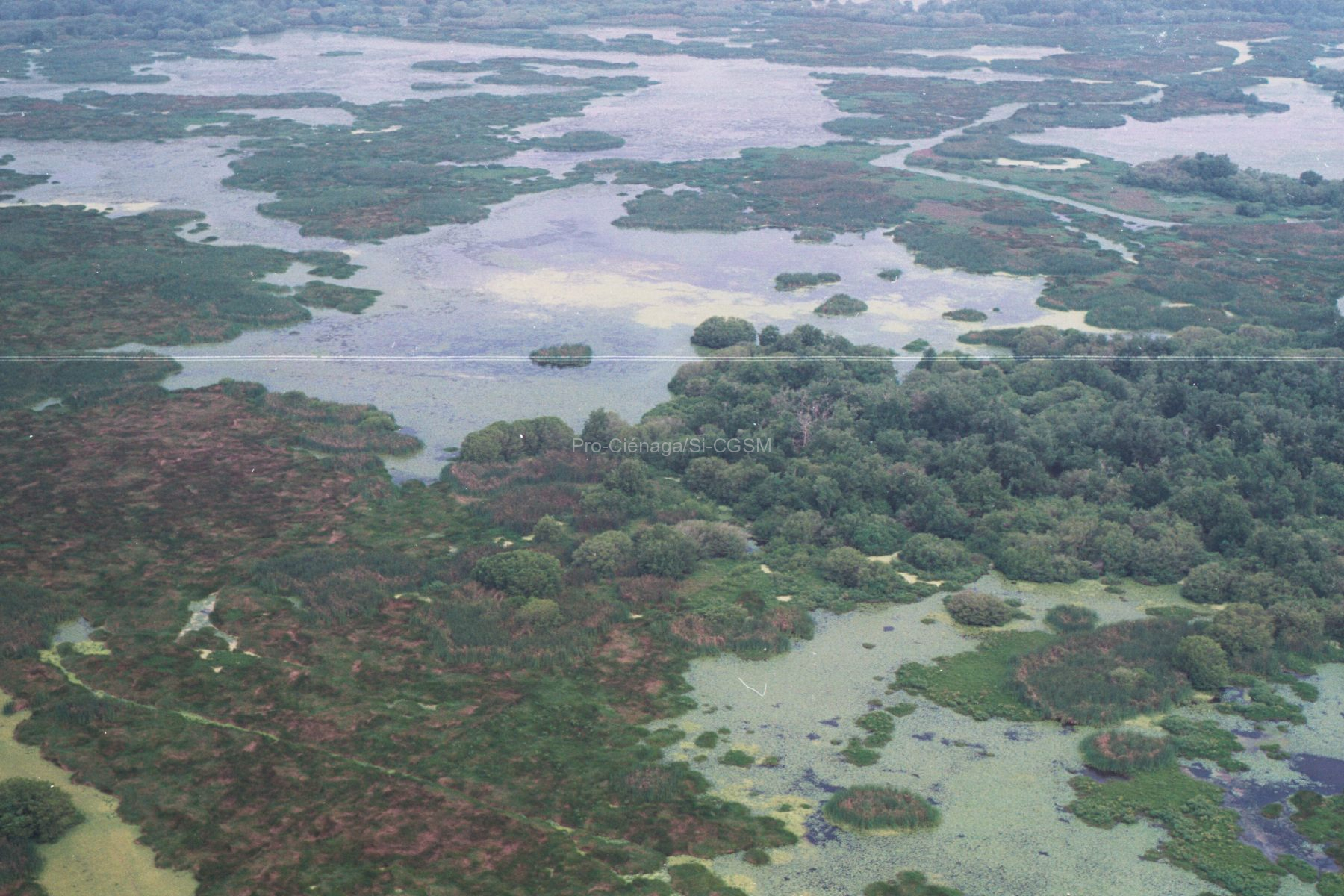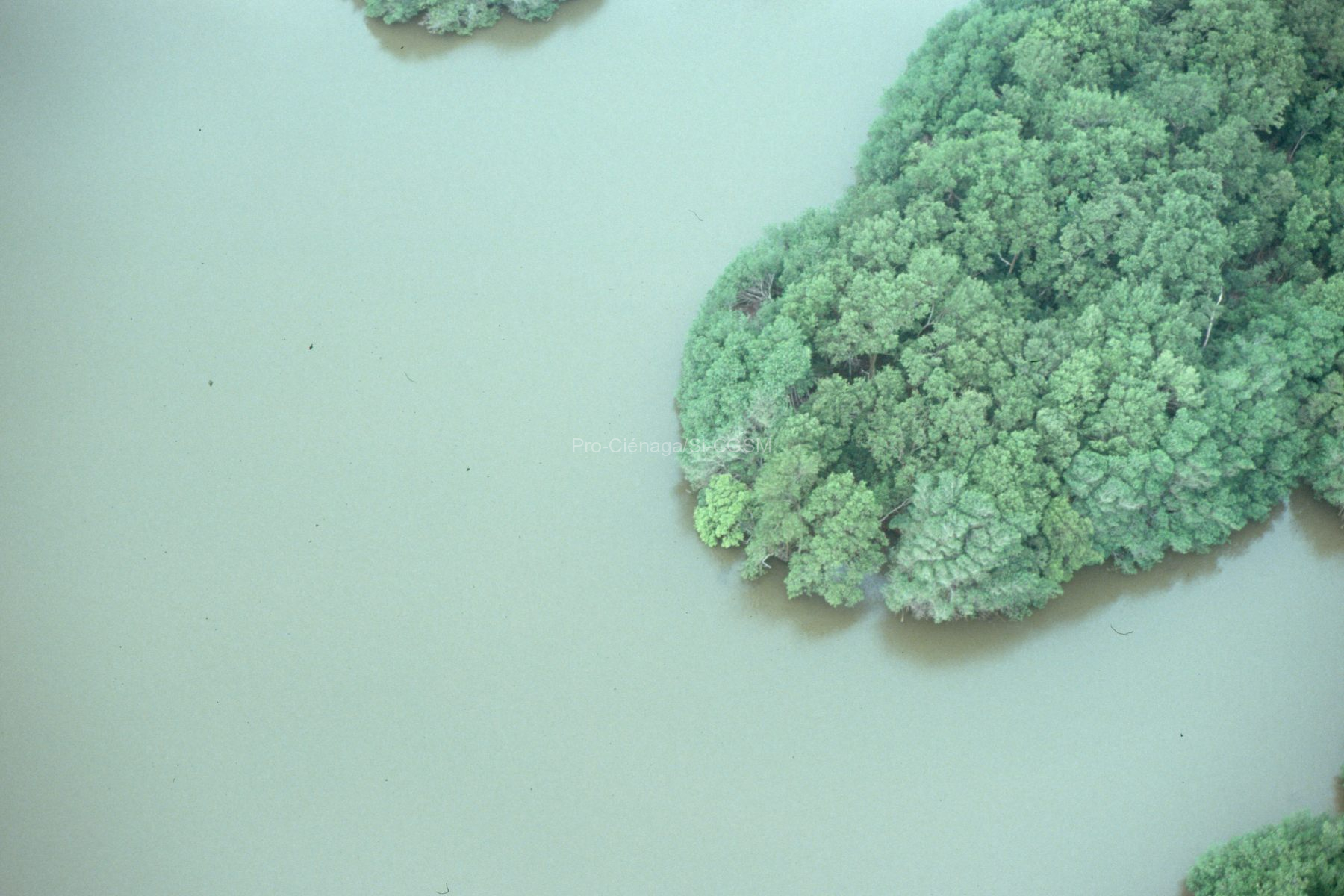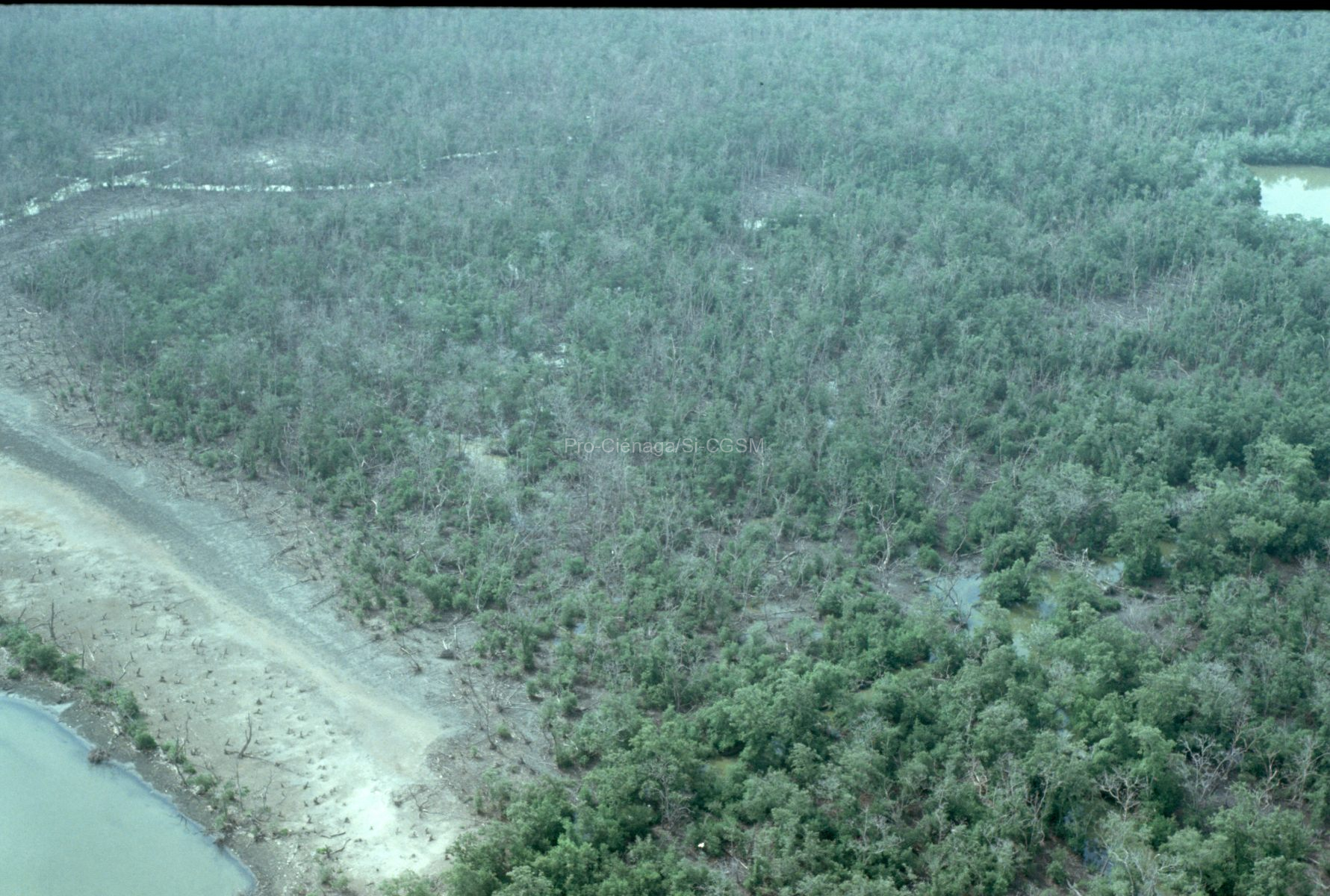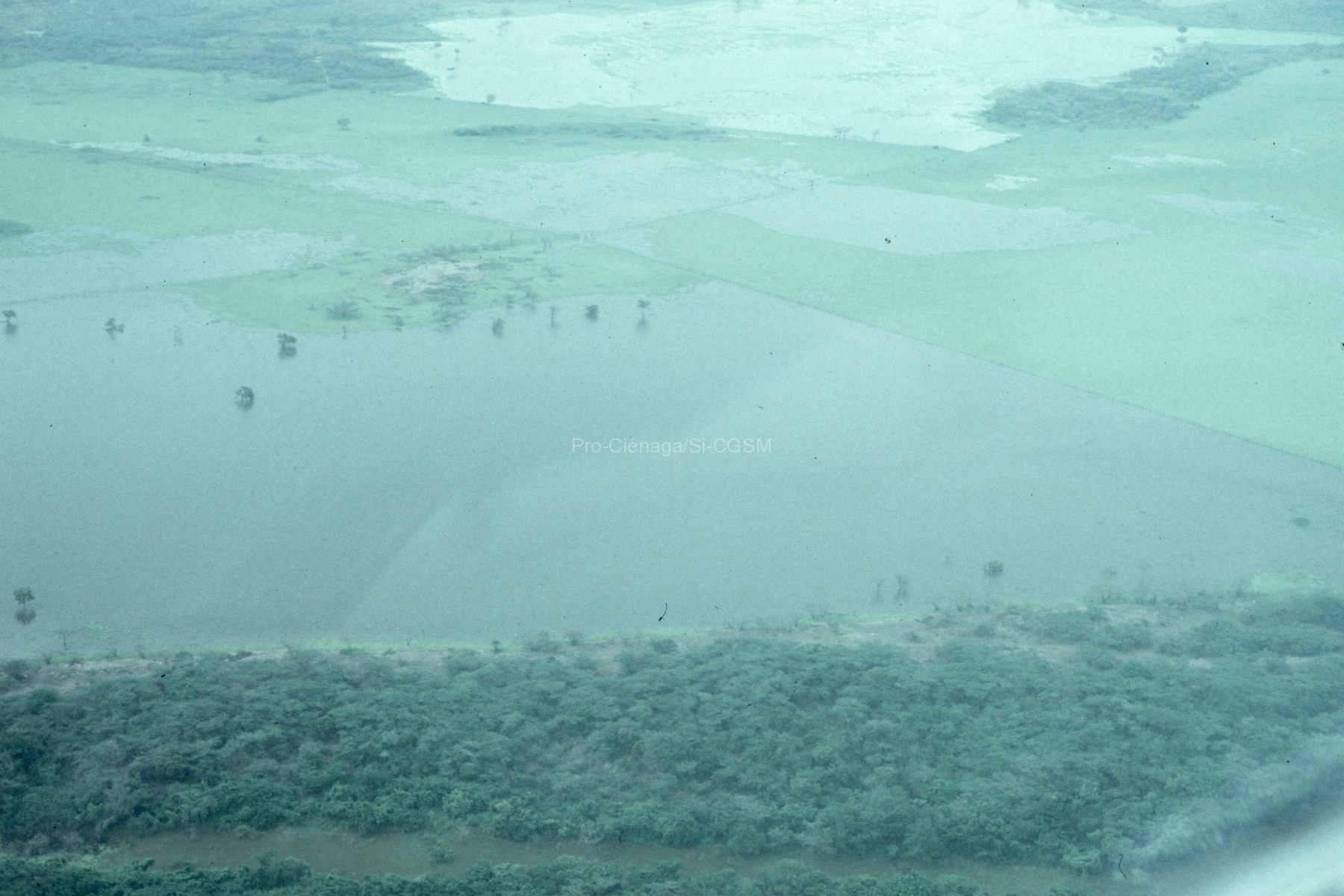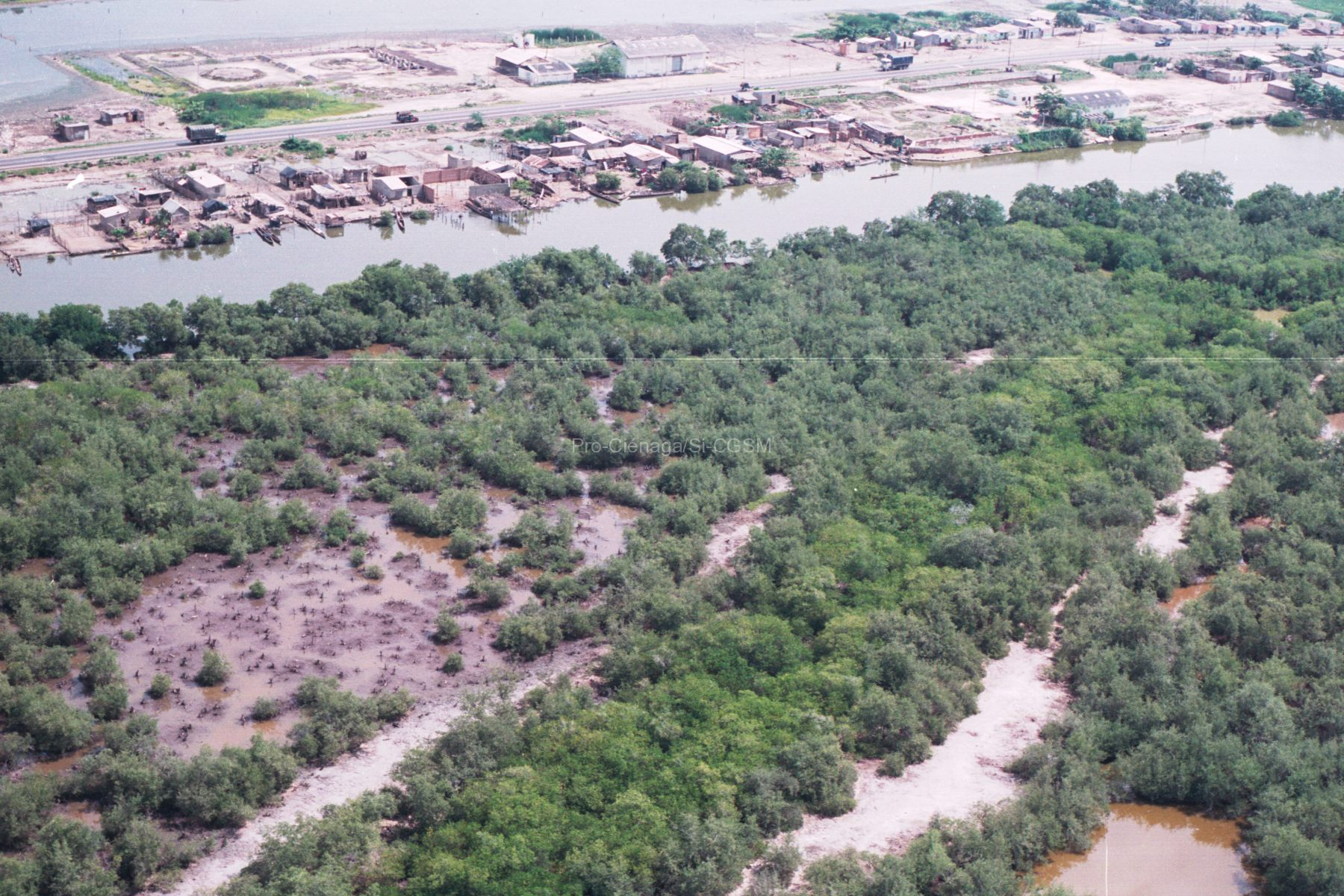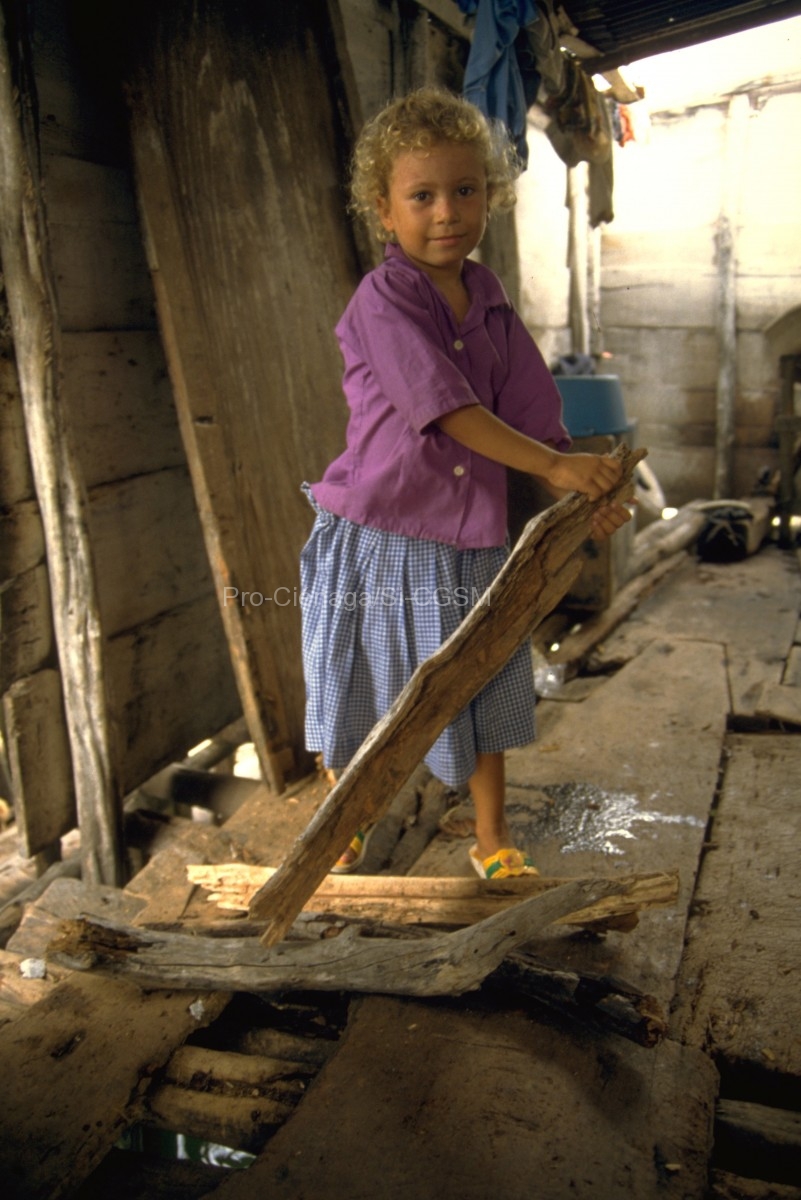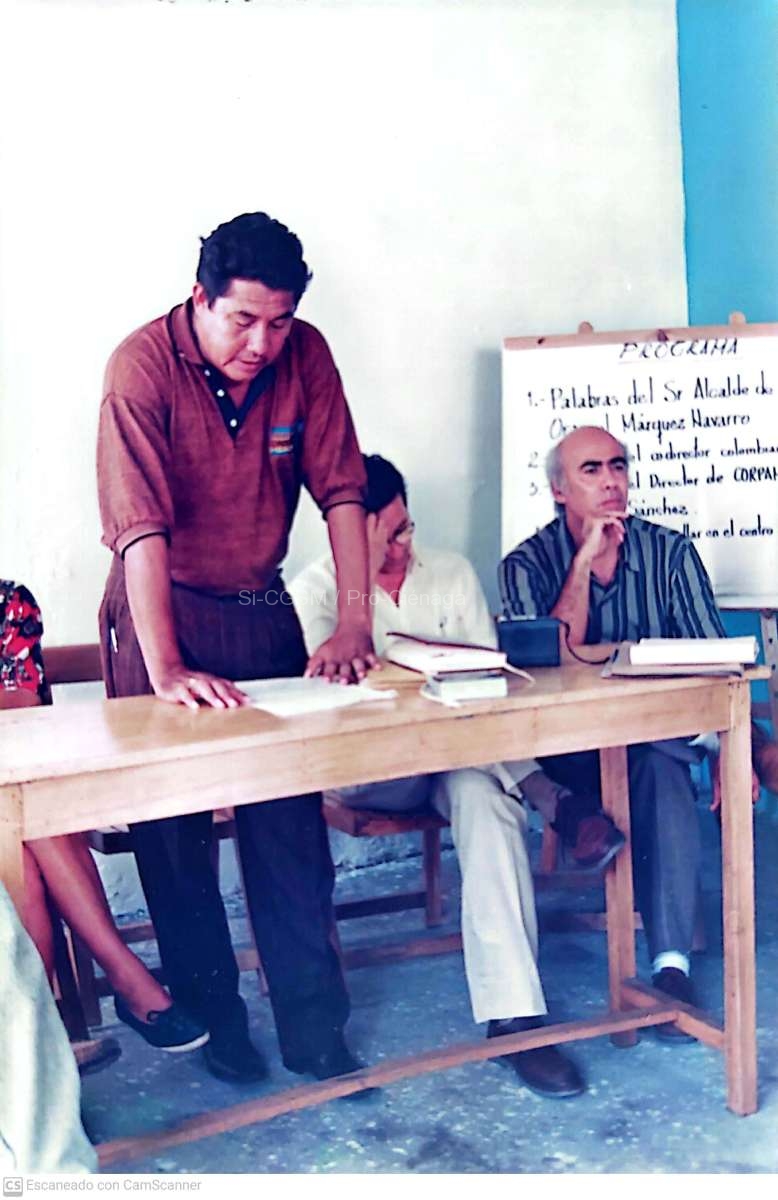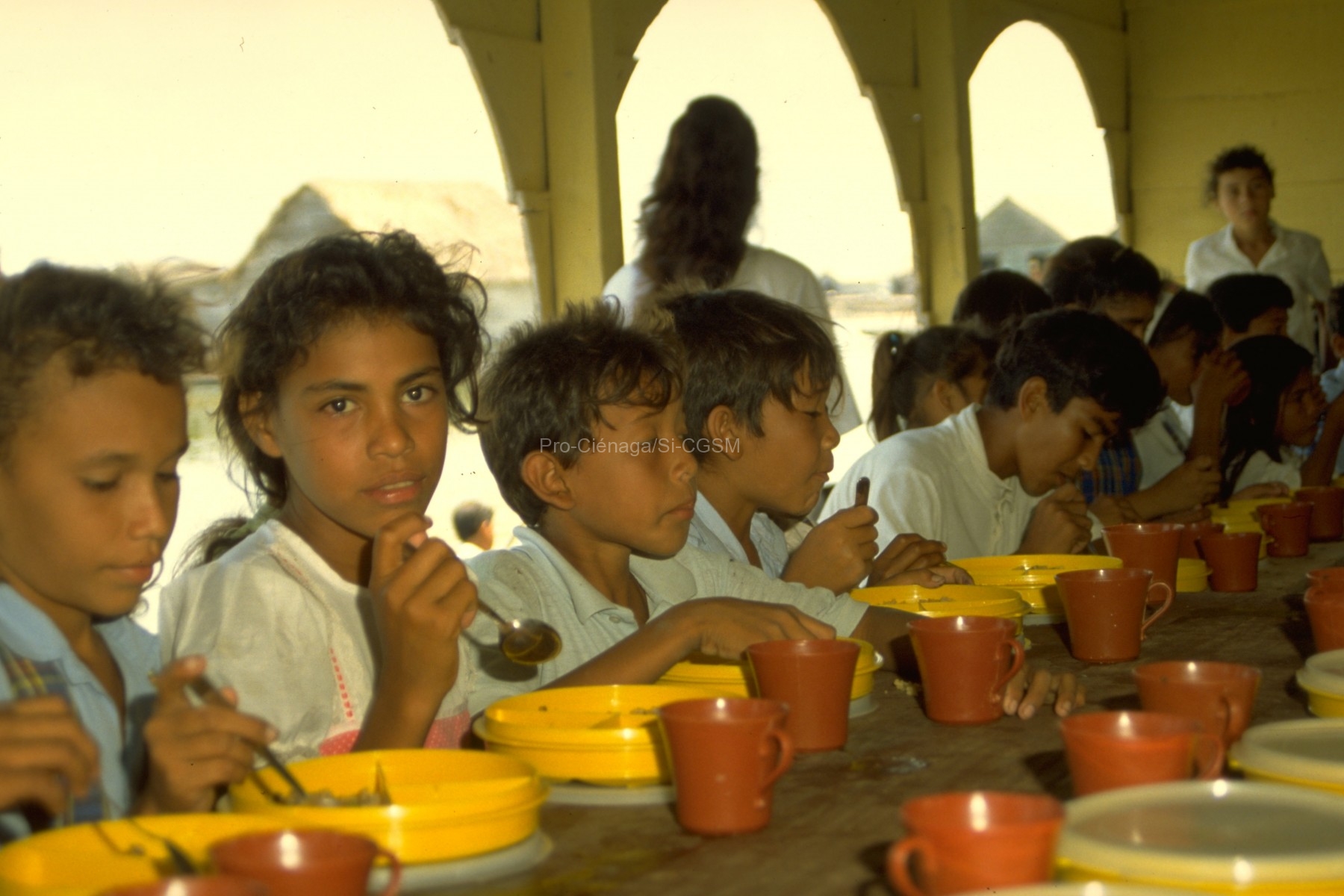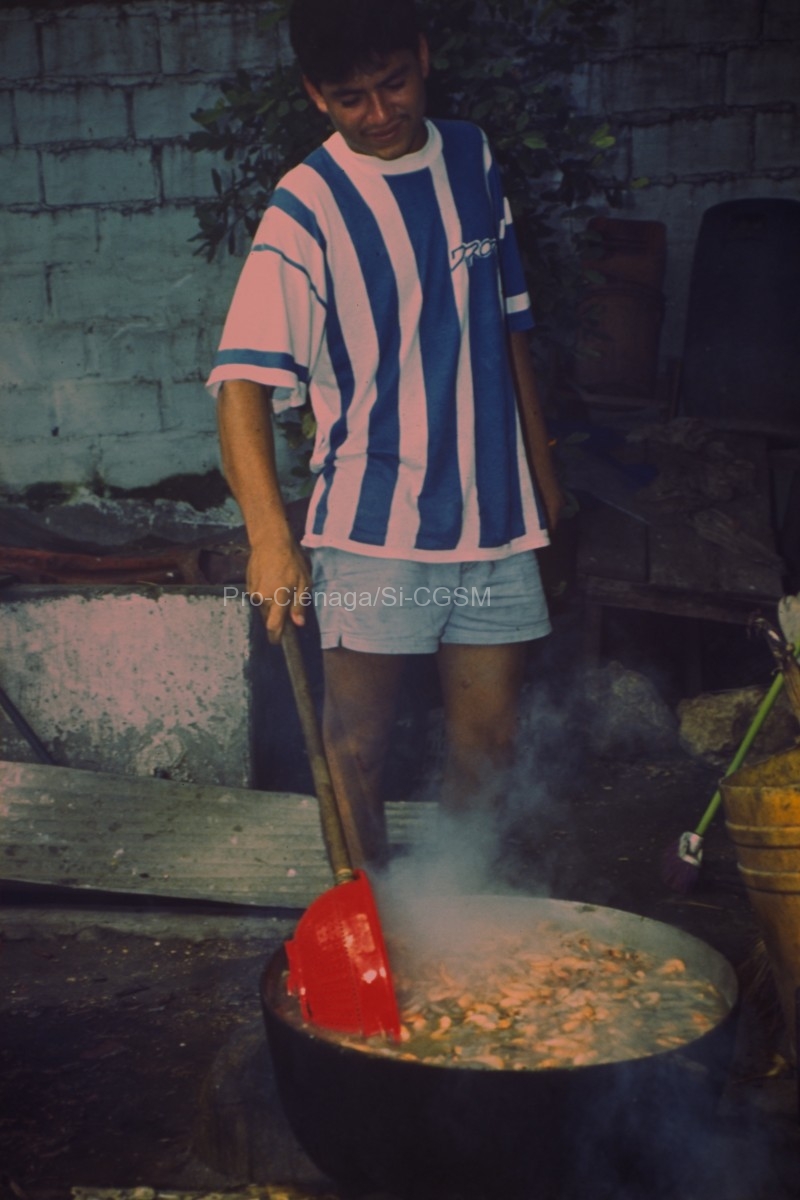Introduction Originally, 511.5 km2 of the lagoon system of the Ciénaga Grande de Santa Marta on the Caribbean coast of Colombia (Fig. 1) were covered by mangrove forests. About half of these forests died between 1975 and 1995 due to human interventions in the hydrological conditions. At the beginning of the 1990 ́s plans were elaborated which should allow mangrove regeneration. The most important measure was the reconstruction of channels connecting the Magdalena River with the lagoon system between 1995 and 1998 (Caño Clarín, Caño Aguas Negras, Caño Renegado-Condazo) (Fig. 1) (Perdomo et al., 1998). Mangrove species present in the lagoon system are Avicennia germinans (L.) L., Laguncularia racemosa (L.) C.F. Gaertn. and Rhizophora mangle L. At the time when restoration measures began, only few mangrove stands showing the original species composition and zonation survived in the eastern and southern part of the lagoon system. In the western part mangroves were fragmentary (Fig. 2). Moreover, R. mangle was missing in large areas of this part. Due to the numerous devastated areas it was uncertain whether the production and dispersal of mangrove propagules would be sufficient to allow mangrove regeneration in all sites.


